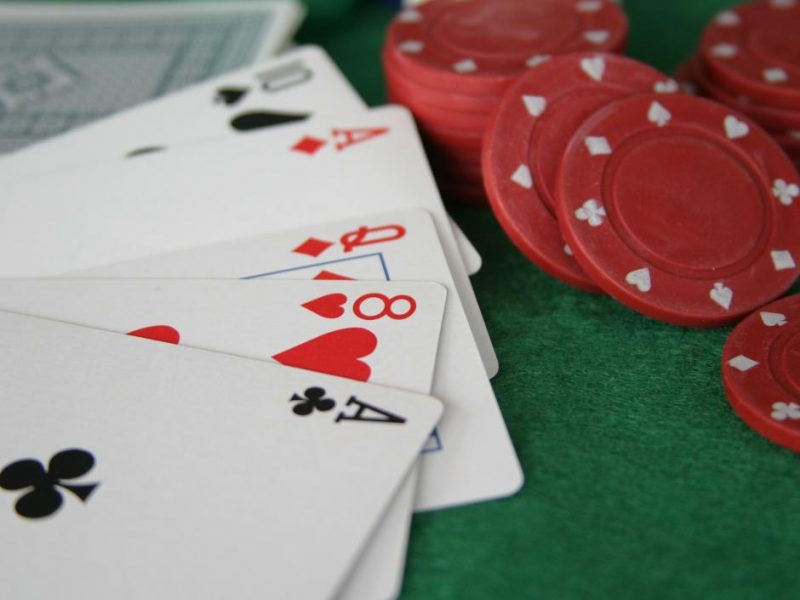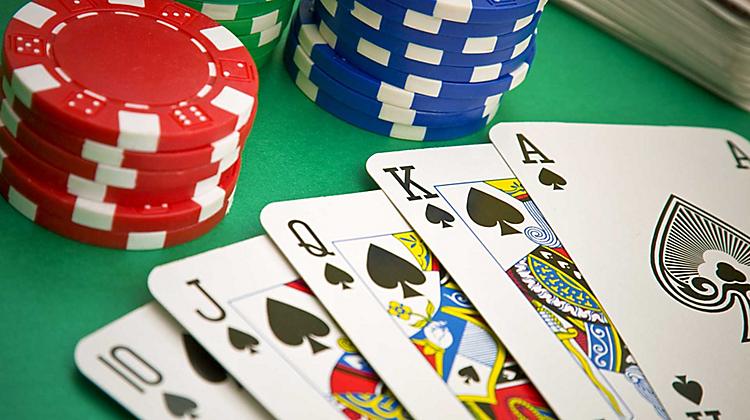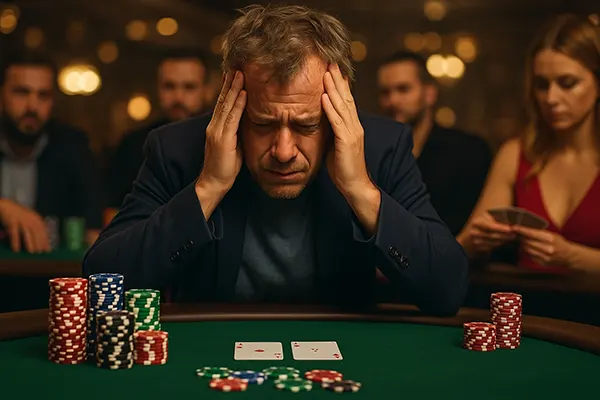
Omaha rules
Lately, there has been an increasing preference for the high-low Omaha style of poker amongst gamblers. Across Europe and North America, it is increasingly the game of choice. The idea is that each poker player receives four face down cards, the pocket cards. They belong to a specific player.
After that, the main deal begins, where the cards are laid face up on the poker table. There will be a total of 5 cards – these are the common cards that help form the combination. All the players can use these cards. And in the end after the bidding there is a comparison and the one with the strongest combination takes the pot.
But it is important to note that this game uses an eight as a qualifier, indicating that the combination must consist of five different cards of rank 8 or less.

More about the hand
In Omaha high-low there is also a dealer, and he is marked accordingly. And the two players to the left of the dealer must place mandatory bets, aka blinds. The BB and MB are mandatory, after which, clockwise, each player at the table makes a decision, and this is known as the first round of bidding. This is where you can call, raise or fold.
Once everyone has made a decision, the flop begins, with the dealer laying 3 cards on the table in the open. The round starts again with the player to the left of the dealer. This is often a small bet, as the outcome can be unpredictable.
Once this round is completed an additional card is dealt face up. It’s the turn – the 4th card on the table – which indicates the next betting phase. In this case the betting is either increased or doubled.
And after this bidding phase the last card is dealt – the river. Again the final round of betting is the final round and the bet should also be at least BB.
If several players have cards left at the end of the betting, they can be dealt and the poker player at the dealer’s table is the first to do so. If all players in the round have checked, the first player to the left of the dealer must show his cards or the three common cards from the table. He wins most of the pot, whoever has the best low combination takes the rest. If the players have the same combination, the pot is simply split, and if none of the combinations are junior, the senior combination takes all the pot.
After the pot is divided, the hand ends as well. And you can move on to a new hand, where everything is repeated. It is best for players to learn the combinations in the game before starting to play for real money, this is crucial for success.
Popular topics
-
 Top 5 Catastrophic Poker Mistakes by ...
Top 5 Catastrophic Poker Mistakes by ...Poker is a game of skill, strategy, and mental …
-
 Myths About Sports Poker and Reality
Myths About Sports Poker and RealitySports poker, a popular and strategic card game, has …
-
 Mastering the Board in Poker: A Game-...
Mastering the Board in Poker: A Game-...Forbes online casino, an industry titan, offers a rich …
